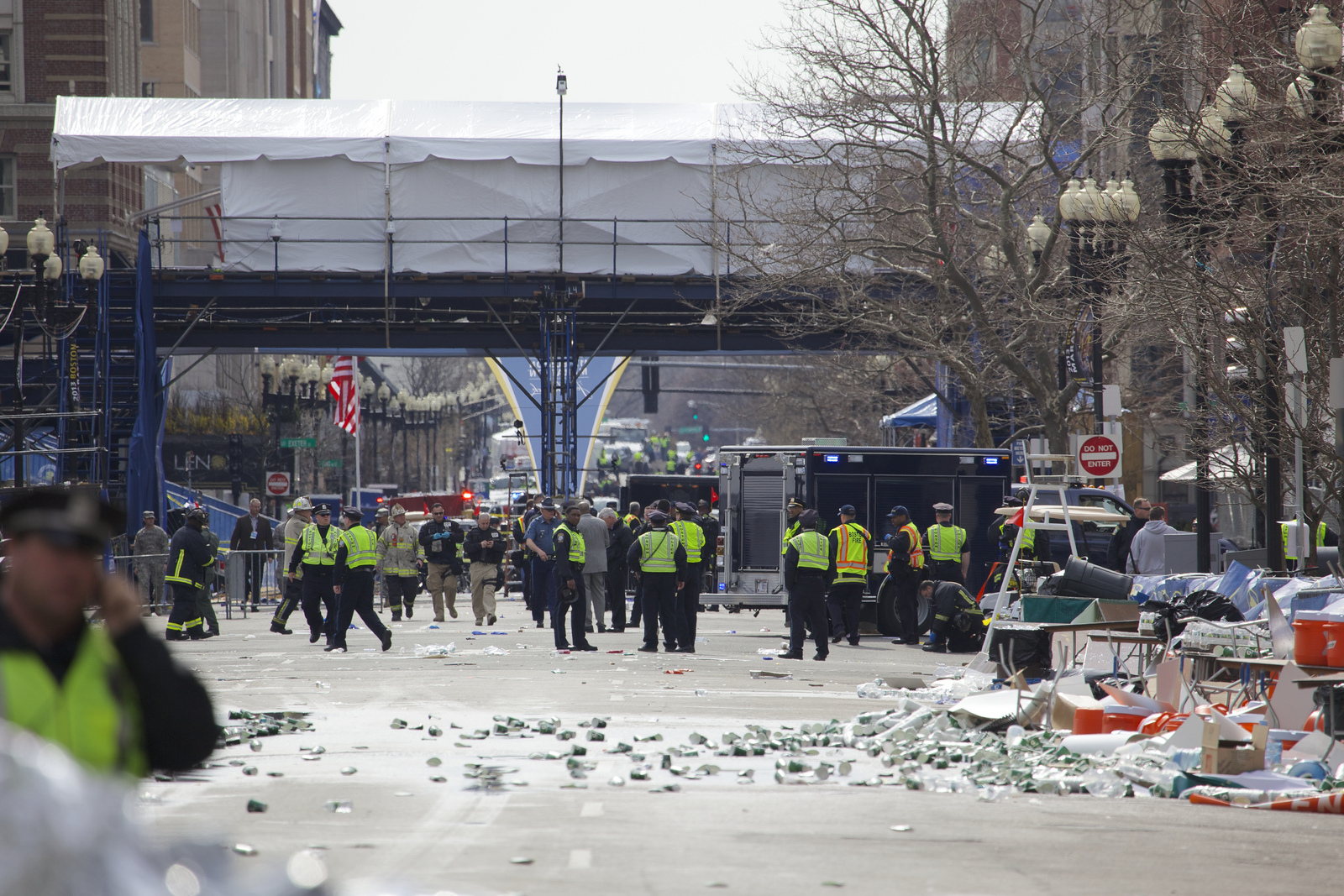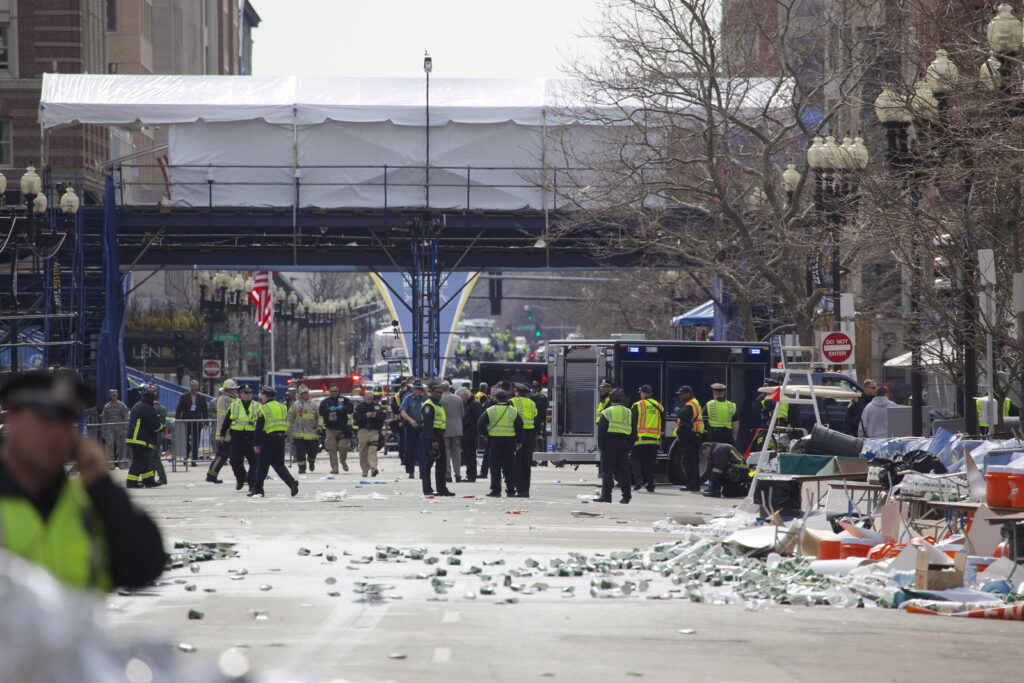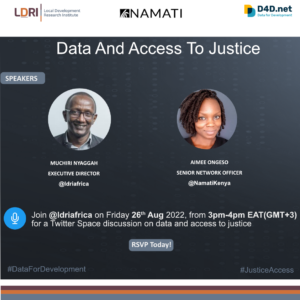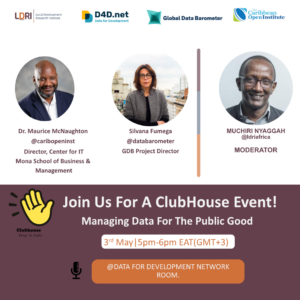![]()
Building Resilience Through Better Coordination: Lessons From Boston & Surat


Over the past few weeks, we have explored key elements of Resilience in Disaster Risk Reduction. The vital role played by data and information was the first in this series and it illustrated the importance of awareness in resilience building because, as Judith Rodin explains in her book The Resilience Dividend, we must know what our strengths and assets are, what liabilities and vulnerabilities we have and what threats and risks we face to effectively prepare for disruptions, respond to them and bounce back from them. This right to information and citizen awareness have been embedded in the policy instruments on disaster risk reduction: Hyogo framework and the Sendai Framework.
Information paved the way for our discussion on Interdependence which illustrated the maze-like nature of Disaster Risk Reduction. Everything is interconnected – a single disruption often triggers another. Disasters of a political nature can not only have a negative economic impact on the country but can also affect education and learning. Natural disasters will not only affect the environment but can also have adverse effects on transport and infrastructure. Evidently, Disaster Risk Reduction and Resilience is a multi-disciplinary and multi-sectoral issue cutting across a State’s vital aspects such as peace & security, health, trade, transport, agriculture, environment and climate change.
This week we discuss the third element in building resilience: Interventions.
The frequency and severity of disasters is on the rise and is further exacerbated by twenty first century complications such as urbanization, climate change and globalization. Timely and effective interventions are more critical than ever. What interventions do we put in place before disasters strike, and how do we bounce back in the aftermath of a disaster?
The Boston Marathon bombing of 2013 highlighted the positive impact of pre-disaster interventions. On Patriots’ Day, April 15, 2013, the 117th annual Boston Marathon began without any signs of an imminent attack. Officials swept the area for bombs twice before the explosions; the second sweep occurred one hour before the bombs went off.
The bombs exploded about 12 seconds and 210 yards apart near the marathon’s finish line on Boylston Street. Although the attack was unanticipated and unpredictable, Boston had been getting ready for such an event for more than a decade. The city had participated in preparatory exercises such as drills and Urban Shield exercises conducted by the Metro Boston Homeland Security Region.
Prior to the marathon, a multi-agency coordination center was set up comprised of the Boston police, firefighters, Emergency medical practitioners, Massachusetts state police, the National Guard and the Coast Guard, the FBI and the Boston Athletic Association, which organizes the race [Rodin, 2014].
The efforts were well integrated, and there were ample alternatives, backups and options that could be called to action if needed. The hospitals were ready and fully equipped with personnel, the security apparatus was prepared and on high alert [ibid]. The preparations did not prevent the bombings from taking place but they greatly reduced the impact of the disaster. Pre-disaster interventions are as crucial to resilience building as they offer a buttress and mitigate possible adverse effects.
Having reached the 1 billion mark by 1998, India with a population of 1,295 billion [World Bank, 2014], is projected to be the world’s most populous nation by 2022 surpassing China. Population growth in India has led to an urban population surge and an increase in poverty levels. Urban areas have developed without much attention to drainage and only during disasters does this become apparent.
Surat, previously known as Suryapur, is a city in the Indian state of Gujarat. The diamond rich city has been inundated by recurrent flooding over the years. Major flooding occurred in 1994 and 1998 but the 2006 floods tipped the scales. The water levels rose to unprecedented levels resulting to 90% submergence of the Surat city area. [Yadav,2015]
A lot has changed after the 2006 floods in Surat. Learning from their past experiences, Surat employed various structural interventions. Setting up an Early Warning System (EWS) to warn the city before water is released from the nearby Ukai Dam was one of them. In 2006, when Surat got severely flooded, it received only eight hours warning from the dam authorities, this did not give the city enough time to prepare. Now, with a new EWS, Surat gets a 72-hour-advance warning before the Ukai Dam opens its gates. [Quartz India,2015]
After the pneumonic plague that hit the city following the 1994 floods killing 52 people and causing the migration of 1.5 million others [Dutt et al,2006], Surat began a complete overhaul of the administrative structure of its sanitation system, revamped its solid waste management systems, enforced strict hygiene and sanitation standards across establishments, and improved water and sanitation facilities across its slum areas. [Quartz India,2015]
A public health mapping exercise was initiated, and a network of 274 surveillance centers was established to allow Surat’s health managers predict trends and prevent outbreaks of epidemics [ibid].Using the 1994 plague and subsequent floods as a launch pad, the city of Surat has built greater resilience and has been a great learning point for other cities in India.
“Don’t let a good crisis go to waste.”
Winston Churchill
Two major attributes of Disaster Risk Reduction & Resilience are evident in the Boston Marathon Bombings and the Surat Floods. The Boston Marathon bombings highlights the multi-disciplinary nature of DRR. Leaders of law enforcement agencies, through their unified command mechanisms, demonstrated extraordinary cooperation, working across multiple local jurisdictions. Those responsible for emergency medical services distributed patients across the Boston hospitals, orchestrating a close to seamless and flexible performance that saved both lives and limbs. The Mayor’s office set up a fund whose $60 million kitty was distributed to victims and families who lost their loved ones. [Marcus et al, 2004]
The law enforcement agencies would be ill equipped to solely handle the post disaster interventions and so would the medical teams. The concerted multi-disciplinary efforts coupled with planning and adequate resources created the synergy that played a significant role in the success of the response operations.
The Surat floods of 1994 unearthed the multi hazard nature of Disaster Risk Reduction. With all efforts geared towards the floods, another unpredicted disaster was in the offing: An unexpected outbreak of pneumonic plague (a more deadly strain of the bubonic plague) hit Surat. The plague is spread via coughs and droplets of contaminated saliva exhaled by infected individuals.
Scenes of confusion and panic reminiscent of the plague outbreaks that devastated India before the advent of effective antibiotic treatment and insecticides in the 1960’s [New York Times, 1994] were reported with public health officials at first seeming to downplay the danger of the disease, undoubtedly to avoid panic. However in September, 1994, Indians began dying from the plague. In less than a week, about 200,000 panicky residents fled in jammed trains and buses, mostly heading South to Bombay. Even doctors fled Surat by the hundreds. [Kohn, 1995]
The realisation that Disaster Risk Reduction is a multi-hazard issue and responding to this reality allowed Surat to bounce back from the horrific plague of 1994 and also emerge as a model for public health in the region. Though experiencing subsequent floods, interventions that were put in place after the 1994 floods have kept plagues and other health crises at bay.
Both pre and post disaster interventions are critical in building resilience and in achieving goal 11 of the SDG’s. Interventions of any nature are not merely a means to an end, they are an ongoing necessity in resilience building. These interventions must be collaborative, incorporating a myriad of stakeholders at community, sub-national, national and regional levels. Resources must be appropriated for these interventions, awareness must be created and information shared.
Photo credit: Vjeran Pavic via Foter.com / CC BY-ND




